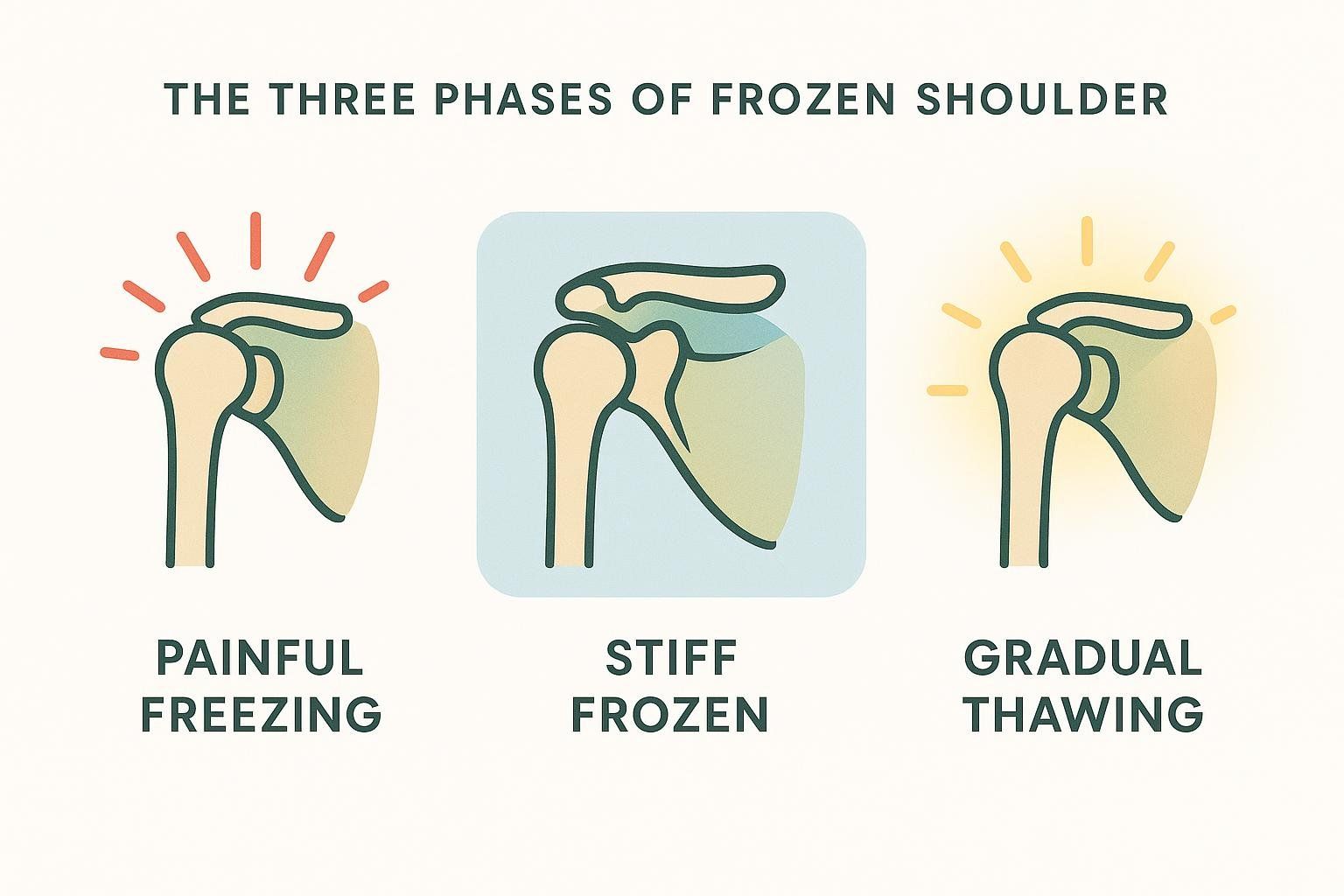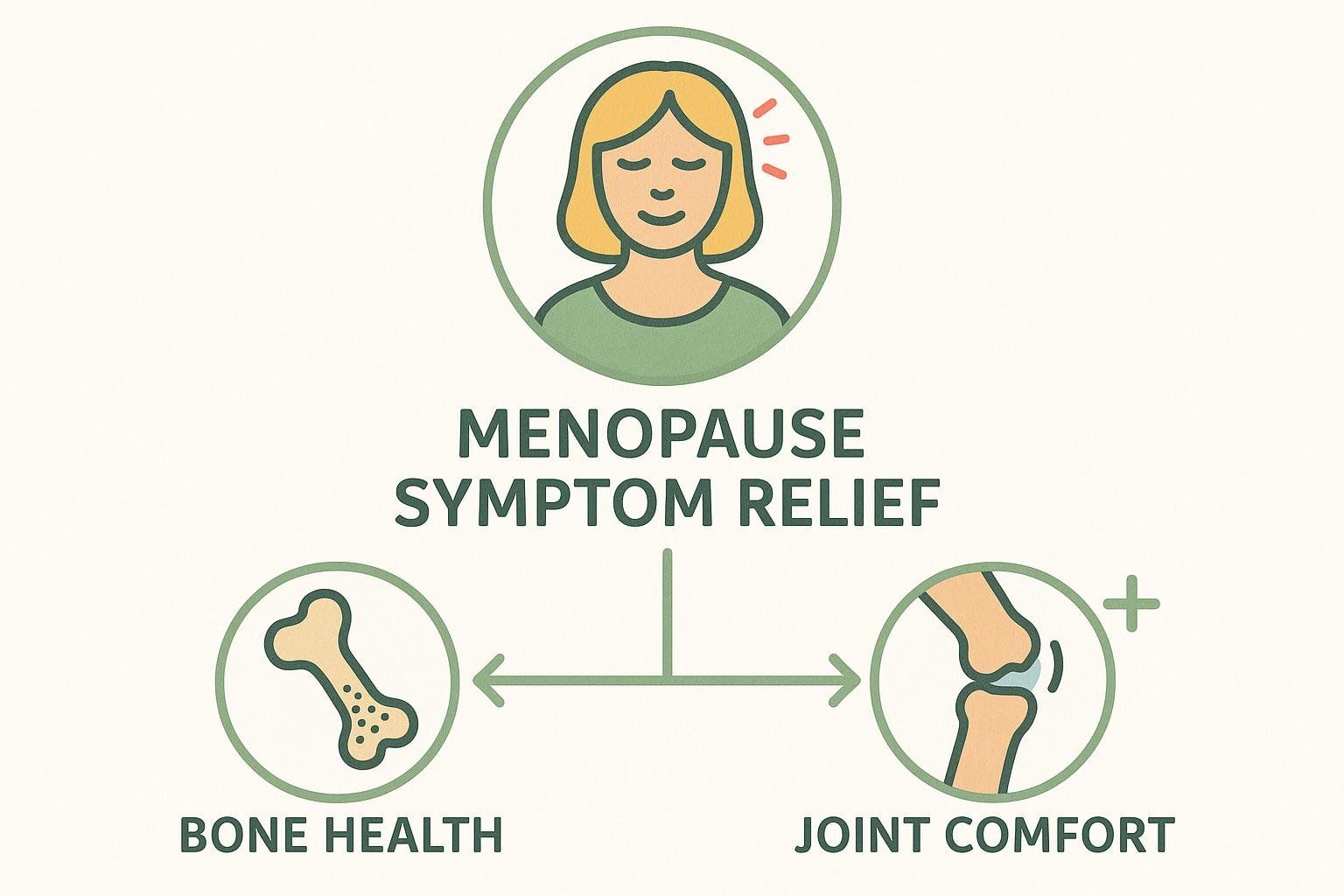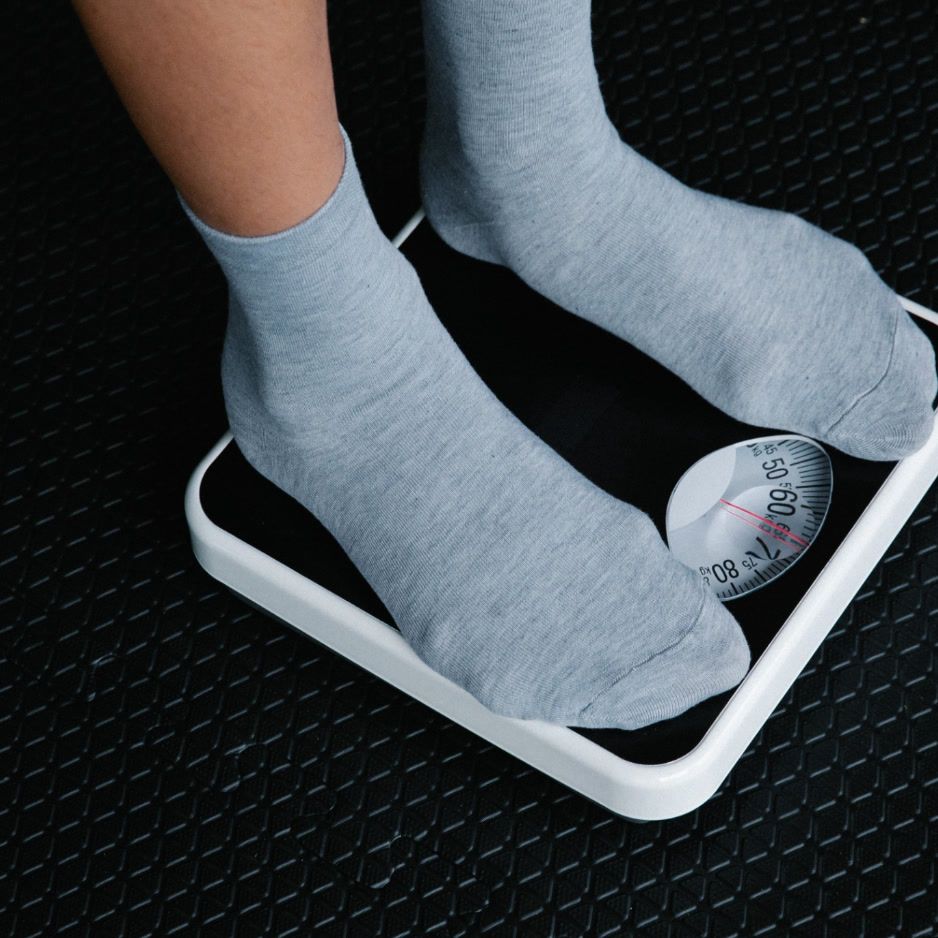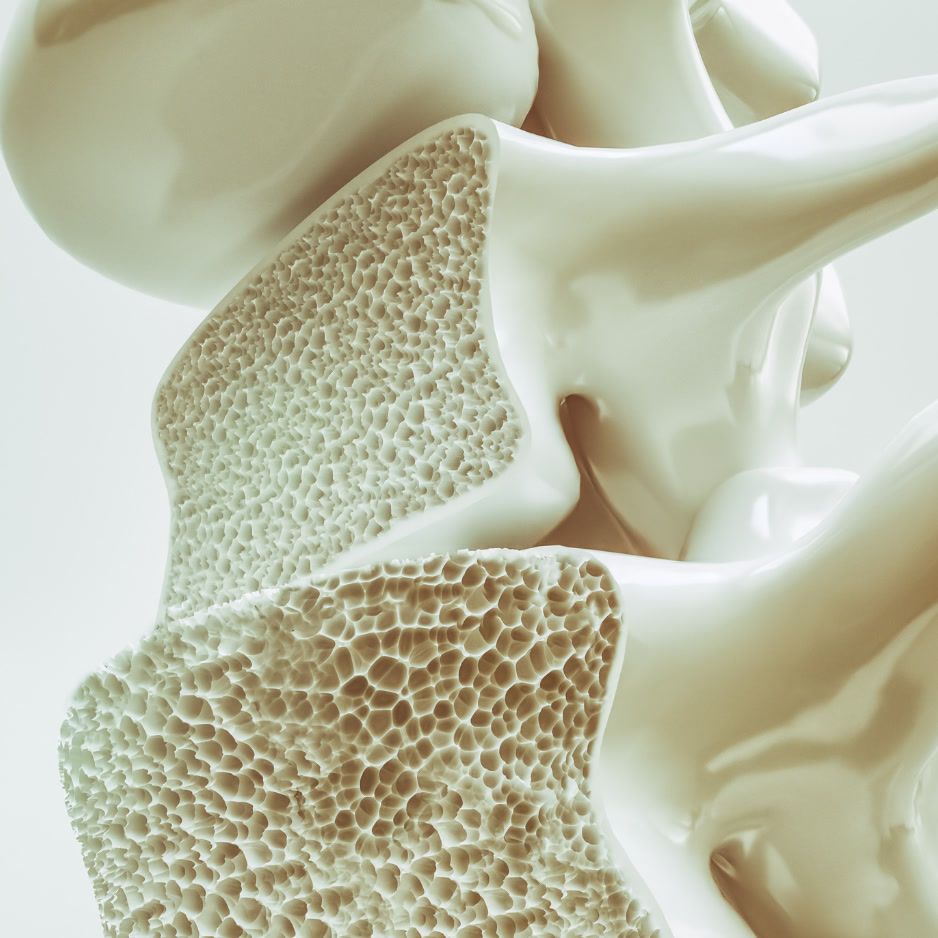Frozen Shoulder and Menopause: The Link and What Helps

Frozen Shoulder Menopause: The Link & What Helps
If shoulder pain is waking you up at night right as perimenopause or menopause kicks in, you’re not imagining it. Frozen shoulder (adhesive capsulitis) peaks between ages 40–60 and disproportionately affects women. The big question: is there a hormonal link, and what can you do to speed relief?
Short answer: Menopause may raise your frozen‑shoulder risk because estrogen declines can affect connective tissue and inflammation. The evidence isn’t definitive yet, so the best plan is to treat the shoulder you have now with stage‑appropriate care—and talk with your clinician about whether hormone therapy fits your overall menopause plan (see this plain‑language overview and retrospective HRT analysis).
This guide translates the latest research into practical, stage‑specific strategies you can start today, plus when to consider options like physical therapy, injections, or hydrodilatation. We’ll also explain how regular DEXA scans can help you monitor key health metrics like muscle mass and bone density during menopause.
What is frozen shoulder, exactly?
Frozen shoulder is a painful, progressive loss of both active and passive shoulder motion caused by inflammation and stiffening of the joint capsule. It typically evolves through three phases and can last months to years. Prevalence is roughly 2–5% of adults and higher in women, especially in midlife.
- Freezing (painful) phase: escalating pain and stiffness over ~2–9 months.
- Frozen phase: pain may ease, but motion is markedly limited for ~4–12 months.
- Thawing phase: gradual recovery over many months; about 80% regain near‑normal function with appropriate care, though some residual symptoms can persist.

Common risk factors: diabetes, thyroid disease, immobilization after injury/surgery, and midlife age (which overlaps with perimenopause/menopause).
Why menopause might raise risk
- Estrogen decline: Estrogen is implicated in bone metabolism, connective tissue health, and inflammatory pathways—systems also involved in adhesive capsulitis. A retrospective analysis reported a lower rate of frozen shoulder among women using systemic menopausal hormone therapy (not statistically significant; hypothesis‑generating) (study summary).
- Musculoskeletal symptoms of menopause: Midlife estrogen loss is associated with more joint pain and stiffness in general, and frozen shoulder is most common between ages 40–60.
- Overlapping conditions: Metabolic factors (e.g., diabetes) and managing bone density add complexity; emerging research explores shared inflammatory/fibrotic pathways and even links with local shoulder osteoporosis in postmenopausal models (mechanistic insights).
How to tell which stage you’re in (self‑check)
Use this simple, non‑diagnostic checklist to gauge your likely stage. See a clinician for an exam and formal diagnosis.
- Freezing phase: Is your pain escalating (especially at night) and is your motion getting worse week by week?
- Frozen phase: Is the pain easing a bit, but you still can’t reach overhead, behind your back, or rotate your arm outward (external rotation)?
- Thawing phase: Is pain lower overall while your motion is slowly improving month to month?
Note: Loss of external rotation is a hallmark finding across stages.
What you can do now: Stage‑specific strategies
Always tailor intensity to pain—sharp, lingering pain is your cue to back off. If pain is severe or you’re unsure of your stage, see a clinician or physical therapist.
- Pain and sleep relief (all stages)
- Use heat before mobility work; consider ice after painful activities if swelling or sharp pain is present.
- Side‑sleepers: hug a pillow; avoid lying on the painful shoulder.
- A short course of OTC NSAIDs may help some people; discuss risks with your clinician, especially if you have GI, kidney, or cardiovascular conditions.

-
Gentle mobility focus (Freezing/Frozen)
-
2–3 short sessions daily (5–10 minutes) often work better than one long session. Start with a brief warm‑up using moist heat over the shoulder.
- Pendulums: Lean on a counter with the non‑painful arm; let the painful arm dangle and make small circles for 30–60 seconds in each direction.
- Table slides: Sit facing a table. Slide both hands forward on a towel to a mild stretch; hold 5–10 seconds. Repeat 8–10 times.
- Assisted external rotation: Tuck a towel at your waist, hold a dowel with both hands, elbows at 90°. Use the good hand to gently push the dowel so the affected forearm rotates outward to a tolerable stretch. Hold 5–10 seconds, 8–10 reps.
-
-
Strength and control (Late Frozen/Thawing)
- Progress to light isometrics (gentle muscle contractions without moving the joint), then use bands for rotator cuff and shoulder blade control within comfortable ranges, keeping form crisp and pain minimal.
-
Activity tweaks (runners, lifters, weekend athletes)
- Keep lower‑body and cardio work going; avoid painful overhead pressing in early stages. Re‑introduce overhead work only as external rotation and pain allow.
Evidence‑based clinical options

- Physical therapy is the cornerstone of care across stages, combining education, graded mobility, and strengthening (physical therapy’s role in care).
- Corticosteroid injection can reduce pain and enable therapy, particularly in earlier phases (evidence for corticosteroid injections).
- Hydrodilatation (capsular distension) uses image‑guided fluid (often with steroid) to stretch the capsule. A review suggests early disability improvement and better external rotation versus steroid alone, with similar long‑term outcomes; complications are uncommon but possible (systematic review, 2023).
- Manipulation under anesthesia or arthroscopic capsular release are options for stubborn cases after months of conservative care (treatment guidance).
Where hormone therapy fits
- Observational data suggest menopausal hormone therapy might be associated with a lower odds of frozen shoulder diagnosis, but current studies are small and not definitive (retrospective analysis).
- The Menopause Society notes that hormone therapy is the most effective treatment for hot flashes and helps prevent bone loss. Decisions should be individualized based on age, time since menopause, symptoms, and risk profile. Do not start HRT solely to prevent shoulder conditions (position statement).
- Translation: Discuss HRT with your clinician if you have menopausal symptoms and no contraindications; consider any musculoskeletal benefit a potential bonus rather than the primary reason to start.

How long will recovery take?
Frozen shoulder is slow‑thawing by nature. Many people improve substantially within 12–18 months, but some require longer and a subset has residual stiffness. Early diagnosis, symptom‑calibrated mobility work, and appropriate escalations (e.g., injection, hydrodilatation) can shorten the roughest patches.
Red flags: See a clinician promptly if you notice
- Significant trauma, deformity, or acute weakness
- Fever, redness, warmth, or systemic illness
- Progressive numbness/tingling or neck symptoms suggesting cervical radiculopathy
- History of cancer or infection
A clinician can help you:
- Confirm the diagnosis — frozen shoulder is primarily a clinical diagnosis.
- Rule out look‑alikes — such as rotator cuff tears or arthritis.
- Co‑manage related conditions — including diabetes or thyroid issues that can worsen the course (more on risks).
Track your health during menopause with BodySpec DEXA
Alongside rehab, consider non‑diagnostic, full‑body DEXA scans to monitor your broader health during menopause:
- Track lean mass to help safeguard shoulder‑supporting muscles.
- Follow bone mineral density trends to guide bone‑smart habits.
- Watch body fat and visceral fat trends to inform nutrition and training when sleep or stress shifts your routine.
Our guide on DEXA scans for women explains this in more detail.
FAQ
-
Is frozen shoulder a symptom of menopause?
- Not strictly, but risk clusters in midlife women, and estrogen decline may play a role. Evidence of a direct causal link remains limited (plain‑language overview; retrospective analysis).
-
Will HRT fix frozen shoulder?
- HRT isn’t a treatment for frozen shoulder. It may have a protective association, but current data are preliminary. Use standard shoulder care and discuss HRT for menopausal symptoms with your clinician (position statement).
-
Best exercises to start with?
- Pain‑calibrated pendulums, table slides, and assisted external rotation are common early options; progress as pain allows.
-
Can frozen shoulder come back?
- Recurrence in the same shoulder is uncommon, but the opposite shoulder can be affected, especially with underlying risk factors (recurrence data).
The takeaway — and your next step
Frozen shoulder during menopause is frustrating, but you’re not stuck. Pair smart, stage‑appropriate exercises with good sleep habits, timely clinical options, and data you can act on. If you want objective feedback as you recover, consider adding regular BodySpec DEXA scans to track muscle, fat, and bone trends.
Ready to get started? Book your BodySpec DEXA scan and take the next step in your plan.


